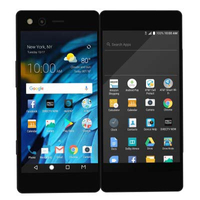ZTE Axon M Hands-on: Are We Ready for Foldable Phones?
The ZTE Axon M unfolds to give you two 5.2-inch screens you can use in multiple modes, but the bezels are big and it packs last year's CPU.
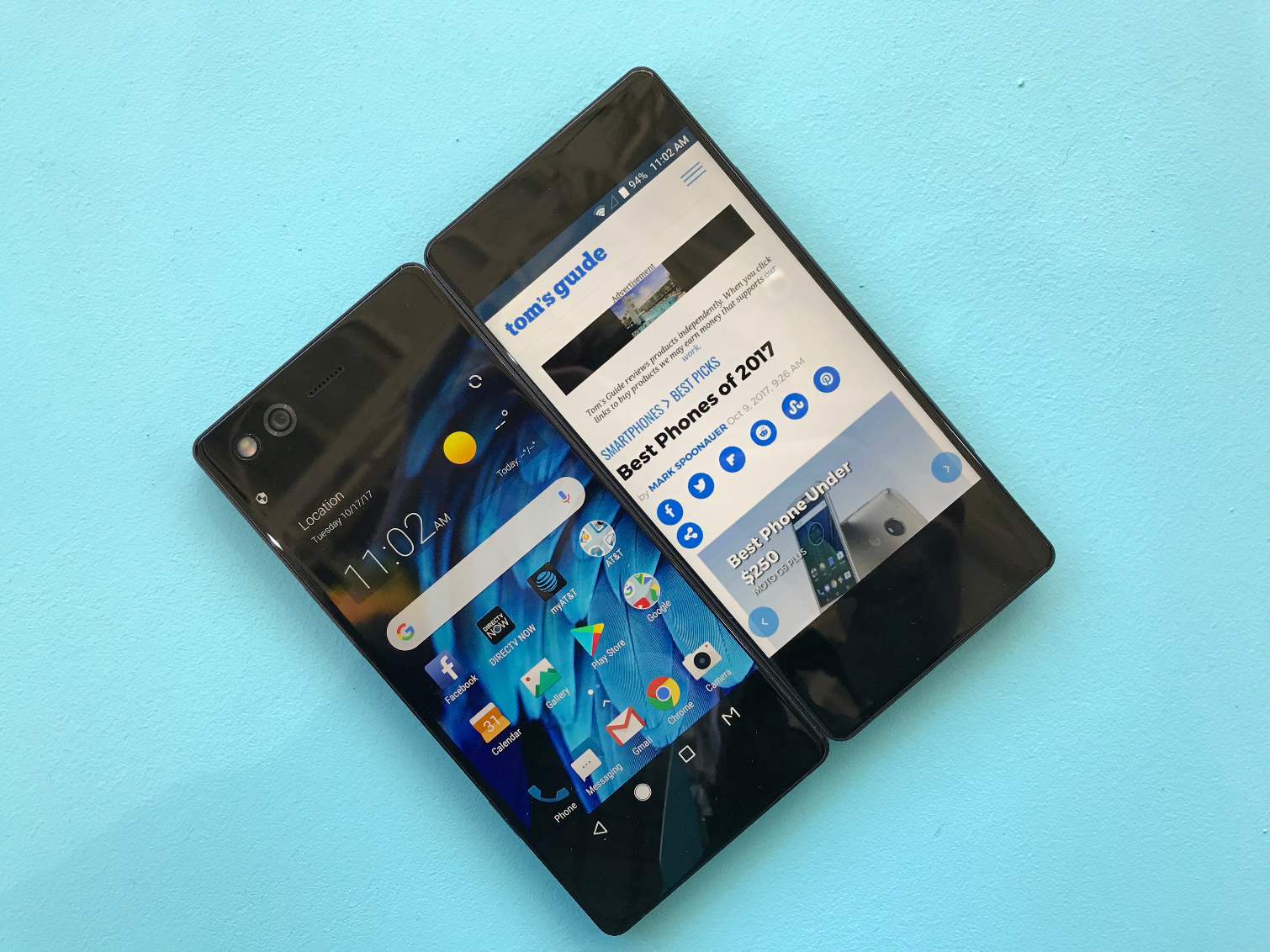
Editors' Note:This article was originally posted on Oct. 17, 2017 when the ZTE Axon M was unveiled. We've updated it with pricing and availability information from AT&T.
Every couple of years it seems, a tech company tries to do something interesting by adding a pair of screens to a lone device. The Nintendo DS aside, most of these efforts fail to stick. ZTE hopes the AT&T-exclusive Axon M will be different.
The phone, first unveiled in mid-October, is available for order at AT&T on November 1, before it arrives in stores a few weeks later on November 17. AT&T will charge $24.17 per month over 30 months for the ZTE Axon M; that works out to $725 for the phone, putting its price in the vicinity of Samsung's Galaxy S8 and Apple's iPhone 8.
ZTE is quick to point out the Axon M is not a replacement for its flagship Axon line. Rather, it exists in parallel to the Axon 7. And while the dual-screen approach may be a new one for ZTE, we’ve seen phone makers try it before, most notably Kyocera and its dual-screen Echo six years ago.
ZTE’s Tale of Two Displays
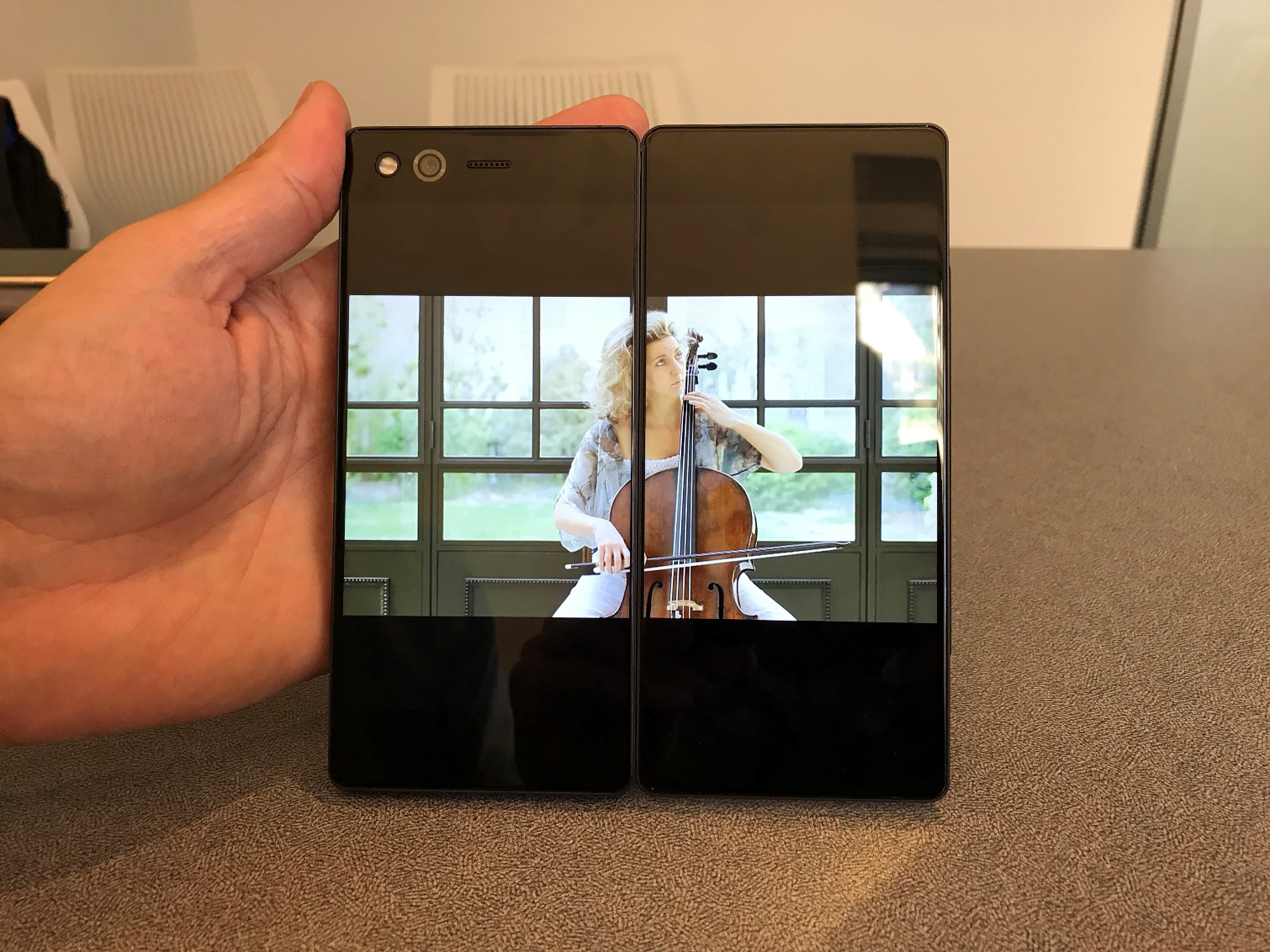
The Axon M is headlined by two 5.2-inch 1080p LCD screens — one on the front of the phone, the other on the back. Fold the rear portion out and the two panels combine into one 2160 x 1920 display, separated by the hinge in the middle. ZTE has done its best to mitigate the bezels on either side, but flexible screens haven't quite matured yet. That unsightly break is unfortunately here to stay — at least until Samsung shows us its oft-rumored Galaxy X.
MORE: Best Smartphones
Folded out, the Axon M can display content in three different ways, accessed via an “M” button that resides at the right of the navigation bar. In one mode, the phone extends content across both displays as if it were a single panel. These screens still react to changing orientation. For apps like YouTube, that means the video will take up the top display when held in landscape, while the bottom display will spotlight the comments.
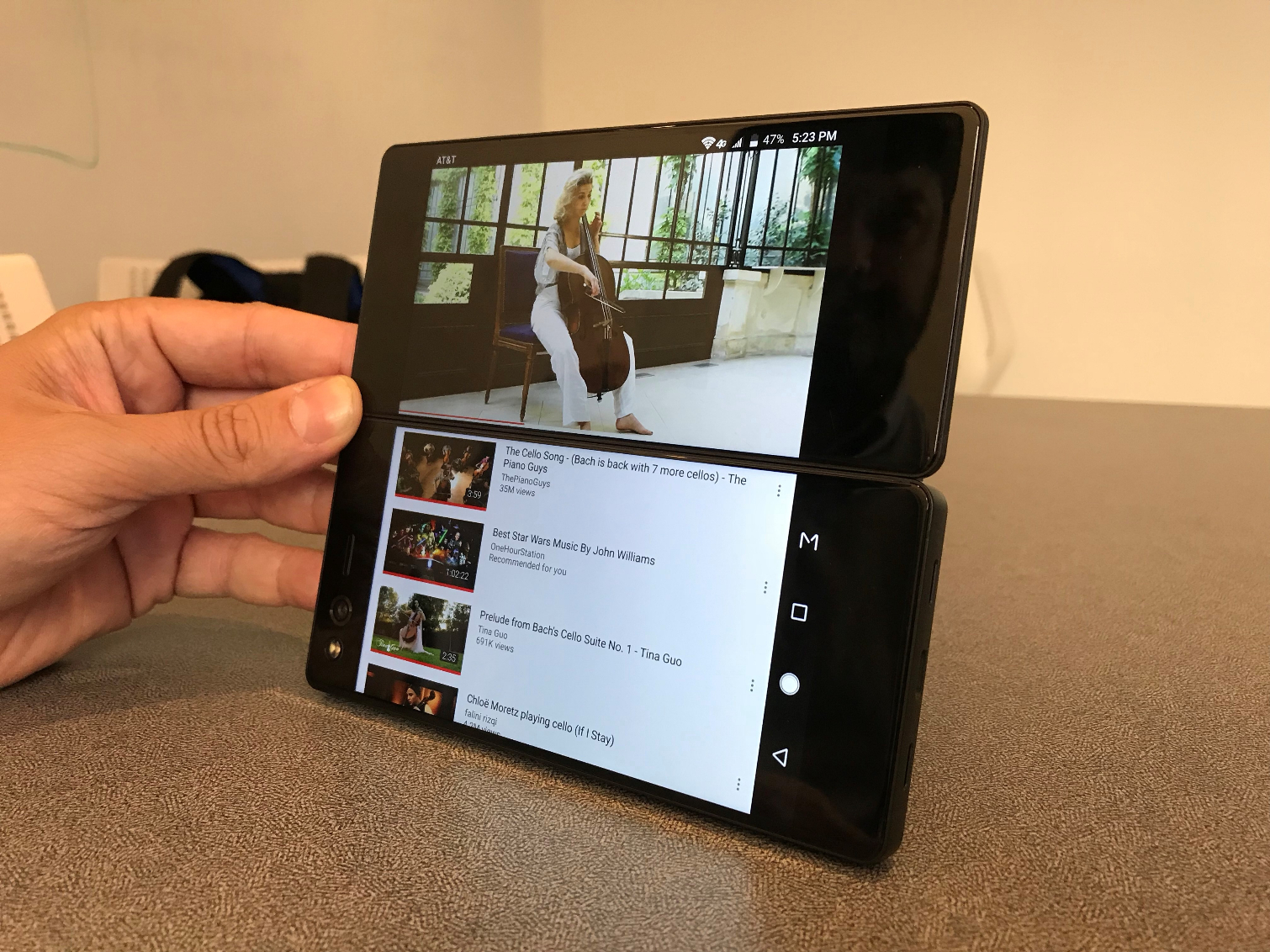
A second mode simply mirrors content on both screens. ZTE pitches this as handy for video conferencing or watching media, though it struck me as the least impactful of the three settings.
Multitasking Marvel
The last option however, stands out as the most useful. The Axon M can present two apps, side-by-side, each with its own display. Think Android’s typical multi-window mode, but amplified. Content can still be moved between the two screens, with support for system-wide copy and paste.
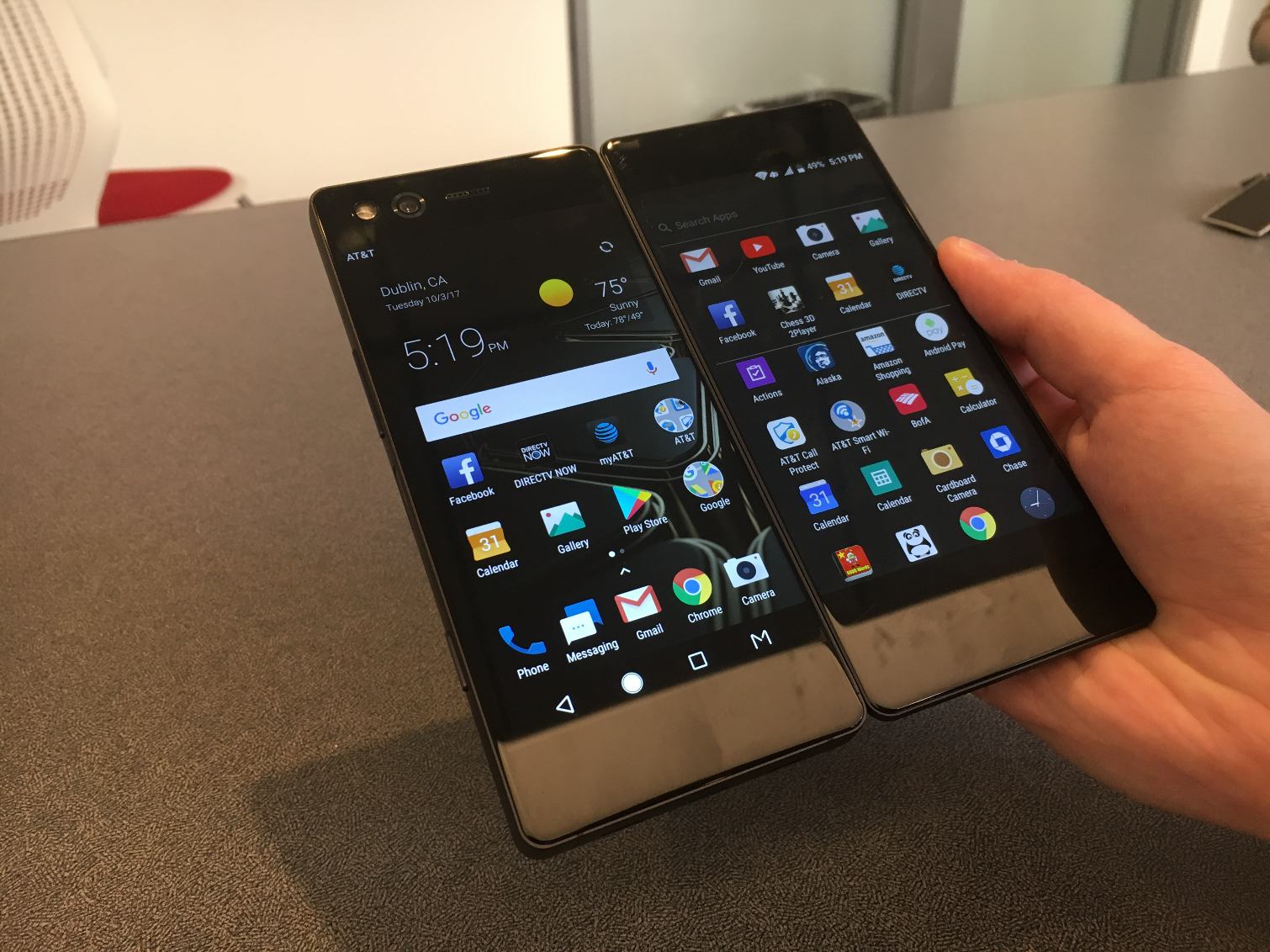
This could be the Axon M’s greatest selling point for productivity-minded users. In this mode, the device transforms from a fairly run-of-the-mill Android smartphone to a 6.2-inch tablet. On our demo unit, the three modes required a second or two to toggle. However, once the desired viewing experience was chosen, the Axon M responded promptly, with no lag.
One Camera's All You Need
The other benefit two the Axon M’s dual-screen design is, ironically enough, how it improves the phone’s camera. There’s only one on the device: a 20-megapixel shooter with an f/1.8 aperture and phase detection autofocus. Because there are two screens, though, that one sensor doubles for both front- and rear-facing use. As a result, your selfies should look as clear and crisp as the meal you just posted on Instagram.
MORE: Best Camera Phones
The camera is located above the main screen, on the face of the handset. When you want to take a picture of what you see, simply press the toggle button in the app, and the phone will tell you to turn it around and use the other screen. It’s a bit of an awkward process the first time you try it, but it works, and it makes the Axon M a selfie-taking machine.
Other Features
In other respects, ZTE’s latest phone checks most of the boxes you’d expect in an Android flagship. The aluminum-clad Axon M is stealthy in its gunmetal finish, and much sleeker than you’d anticipate. It’s also quite heavy, tipping the scales at 8.1 ounces, which isn’t surprising considering everything packed in. Just to put that weight in context, the Galaxy Note 8 tips the scales at 6.9 ounces.
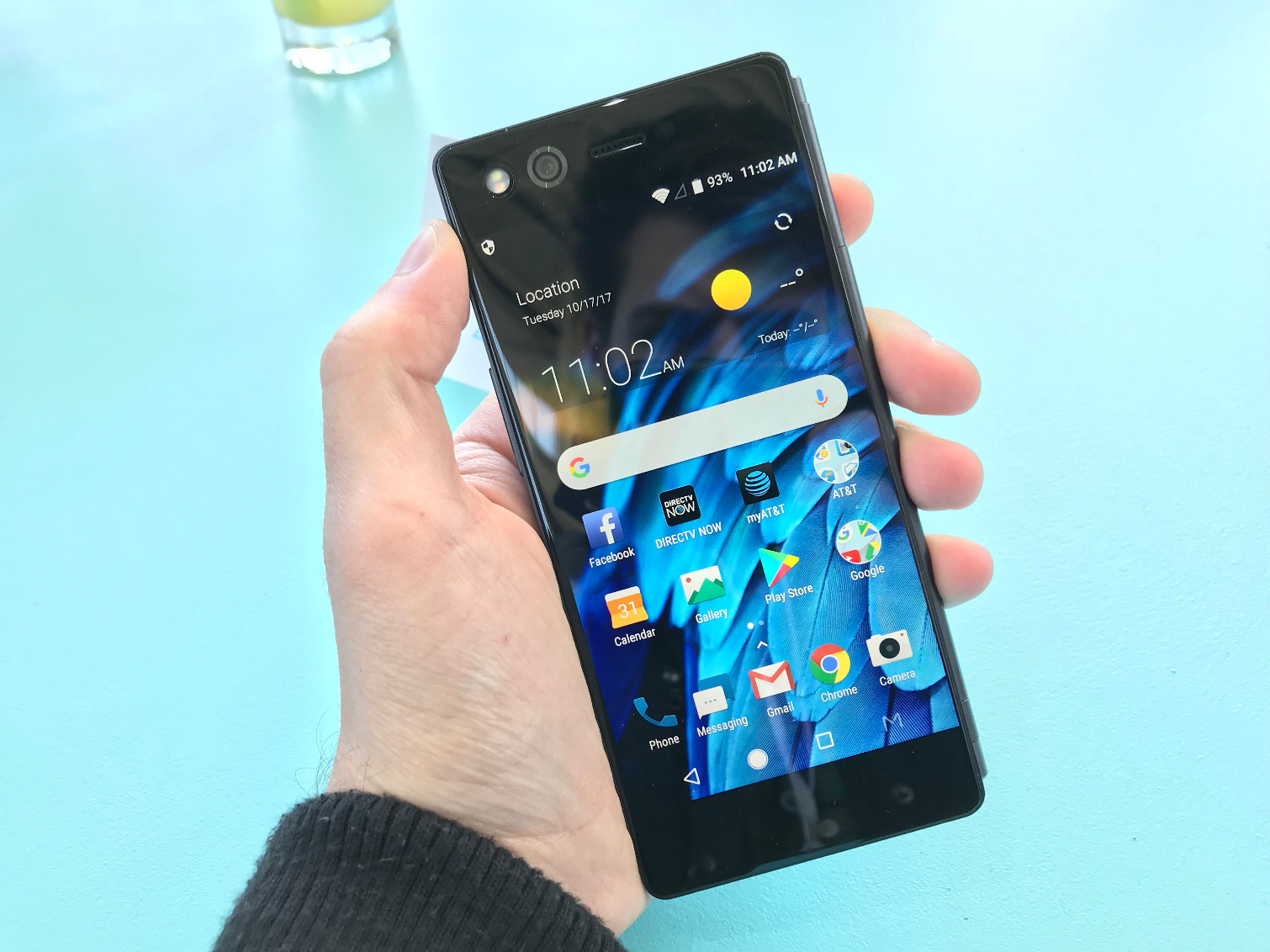
The bezels above and below the screen are chunky, and because of the symmetrical design on either side, you'll find the fingerprint sensor has been relocated to the power button. Both displays are encased in curved Gorilla Glass 5.
ZTE has fitted the Axon M with a 3,180mAh battery, supporting Qualcomm’s Quick Charge 3.0 technology. The company says 30 minutes will refill the battery about halfway, and it’ll take two hours to charge in total. The capacity is a bit more than what you’d typically find in most high-end phones, but we don’t expect all-day battery life when both screens are fired up.
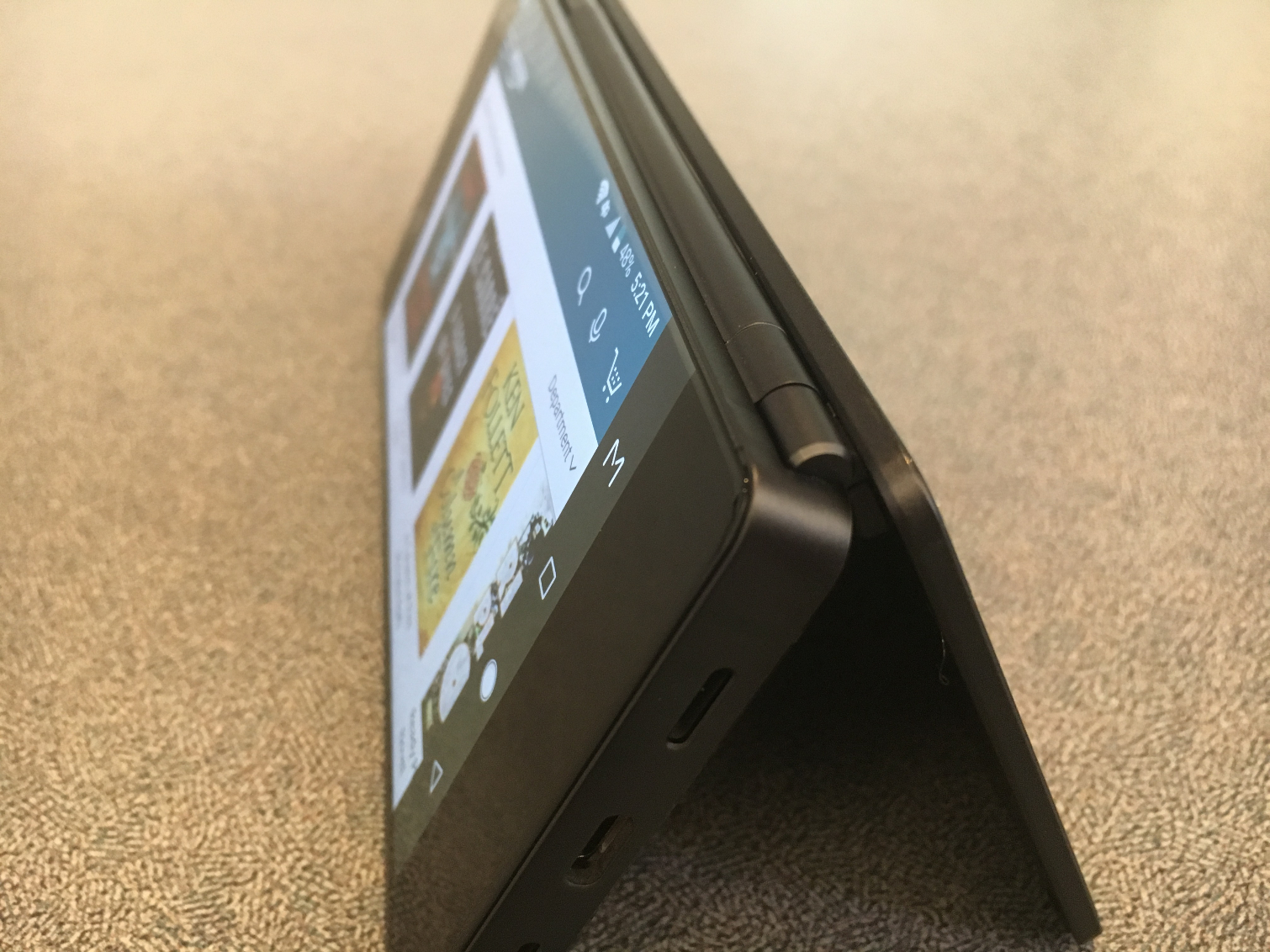
Finally, ZTE has made an interesting decision with the processor, opting for Qualcomm’s last-gen chipset, the Snapdragon 821, instead of the newer Snapdragon 835. The 821 debuted in the original Google Pixel and also powered the LG G6. ZTE says it opted for the 821 because it proved reliable with the Axon M’s unique feature set, and the company didn’t want to rework everything at the last minute for the 835. This is the same reason why the phone launches with Android 7.1 Nougat, though we’re told 8.0 Oreo can be expected in a future update.
Outlook
There’s no doubt the Axon M will be the most polished and capable dual-screen smartphone we’ve ever seen, but will it appeal to shoppers? We’ll find out on November 17 once the phone hits AT&T's stores. With a price tag that draws comparisons to the latest flagships from Apple and Samsung, it will be interesting to see if those dual displays are enough to make the Axon M as compelling as those phones or whether it will be more of a high-priced niche player.
Stay tuned for a full review once we get our hands on the ZTE Axon M.
Image Credits: Tom's Guide
Sign up to get the BEST of Tom's Guide direct to your inbox.
Get instant access to breaking news, the hottest reviews, great deals and helpful tips.
Adam Ismail is a staff writer at Jalopnik and previously worked on Tom's Guide covering smartphones, car tech and gaming. His love for all things mobile began with the original Motorola Droid; since then he’s owned a variety of Android and iOS-powered handsets, refusing to stay loyal to one platform. His work has also appeared on Digital Trends and GTPlanet. When he’s not fiddling with the latest devices, he’s at an indie pop show, recording a podcast or playing Sega Dreamcast.
-
jwattie144 Instead of a second screen, how about a battery that can last longer than a day... That would be true progress.Reply -
prickey2000 Too bad this will be AT&T only. Finally, a phone large enough to replace carrying a tablet. I also like that they included the screen mirroring mode. Imagine how useful that will be if you stand the phone up like a tent on a table to look at pictures or watch a video with another person.Reply
